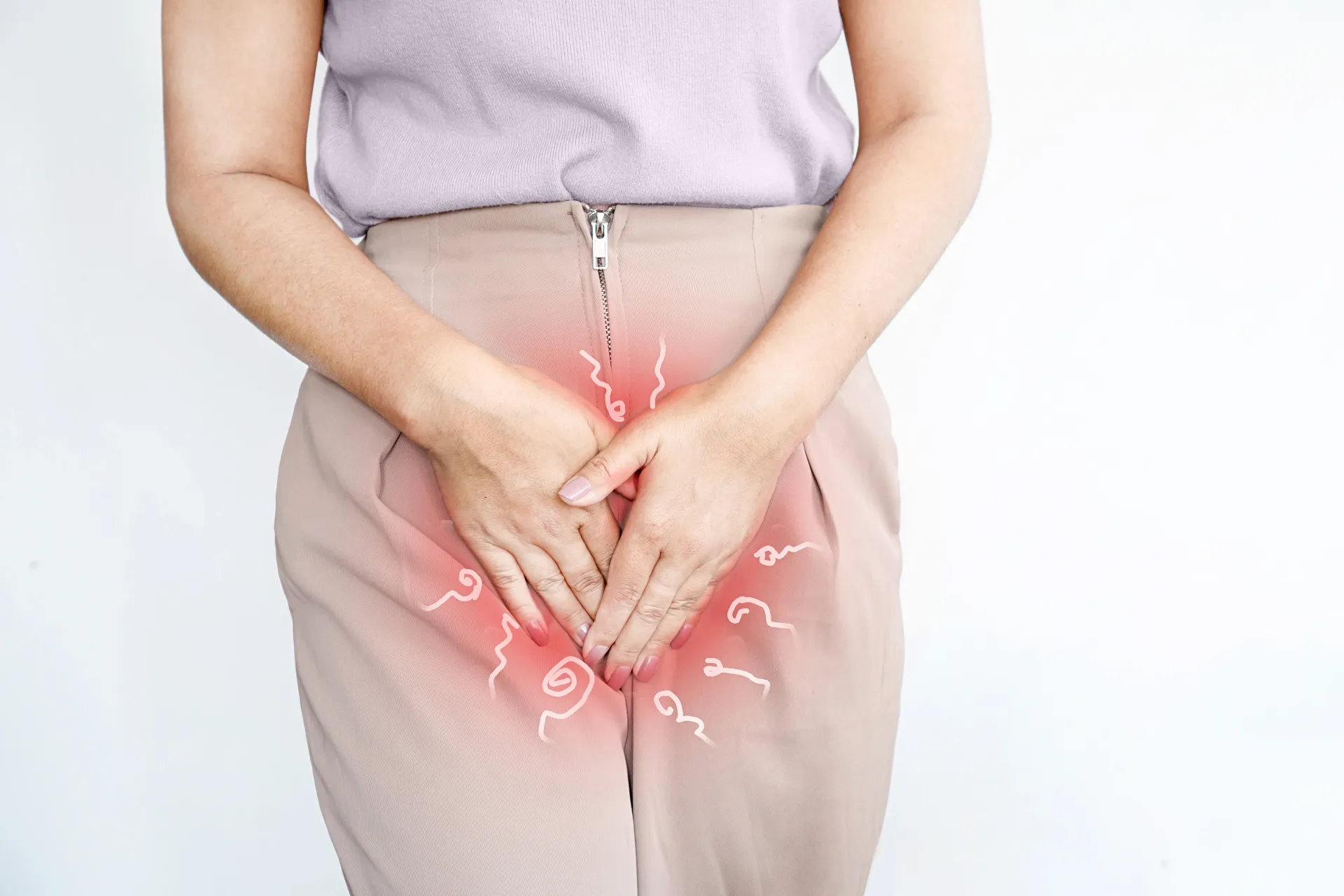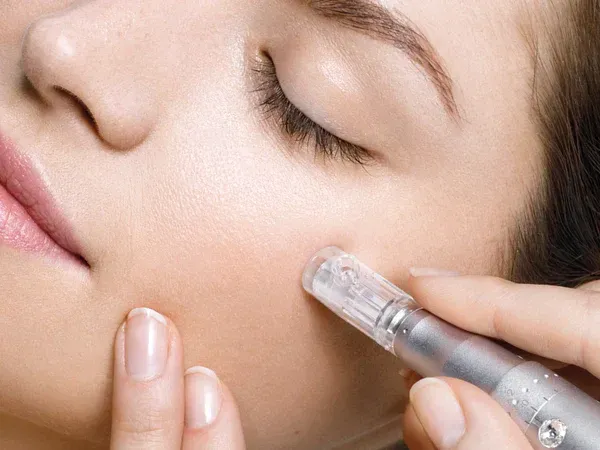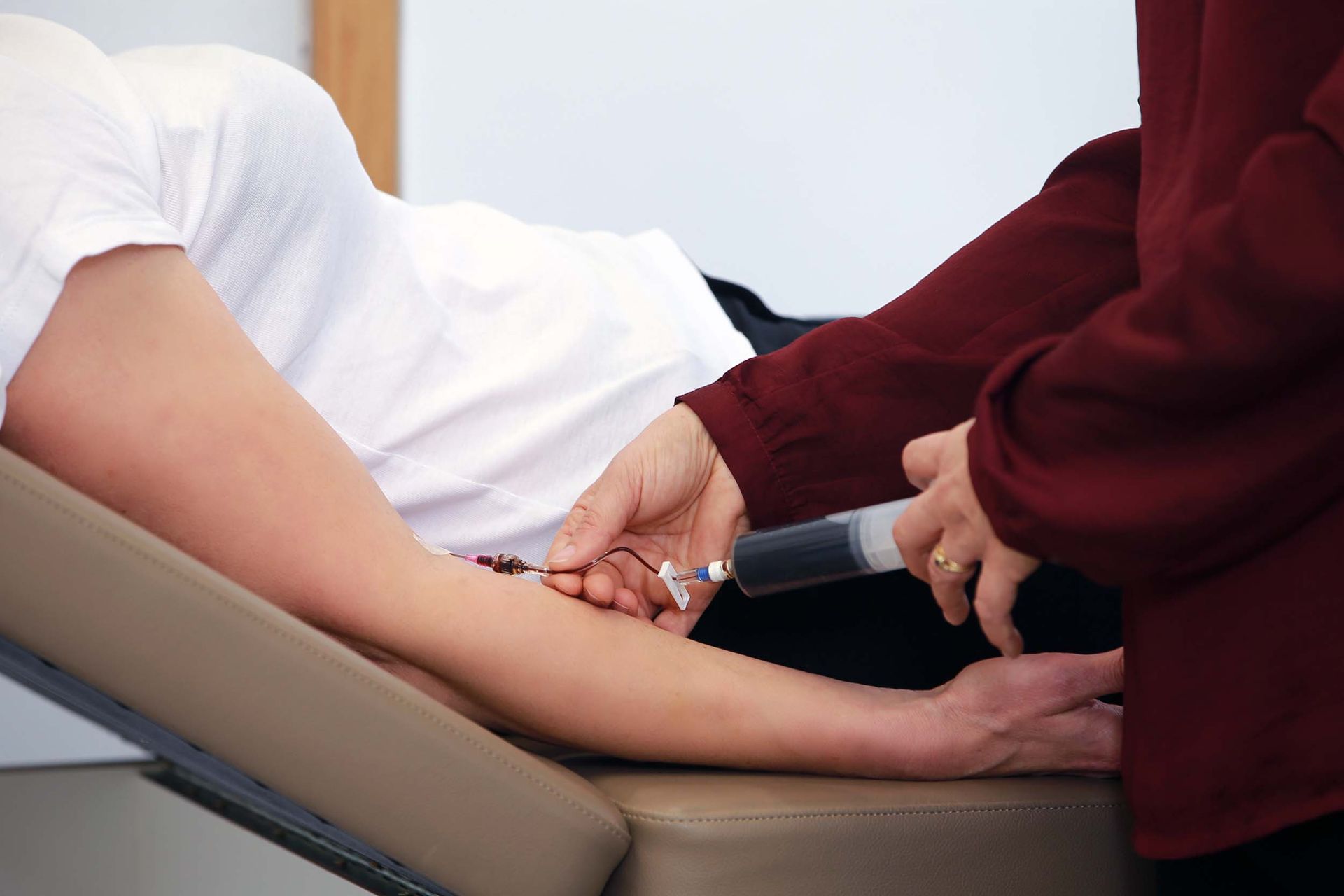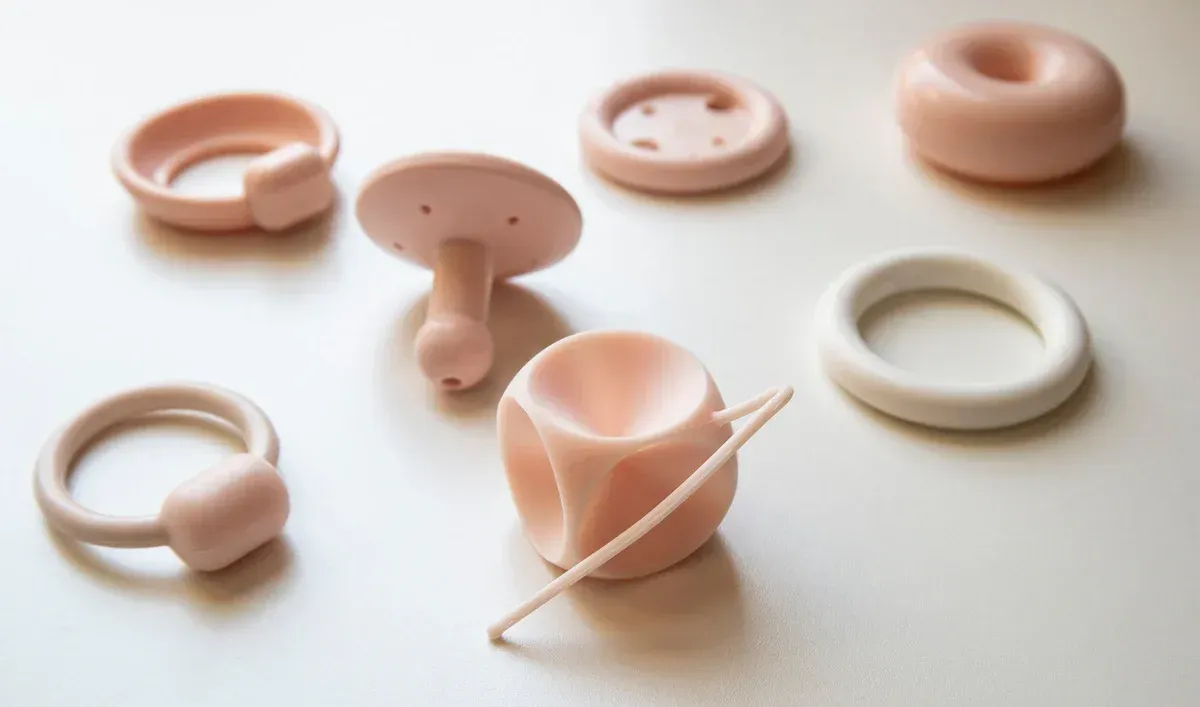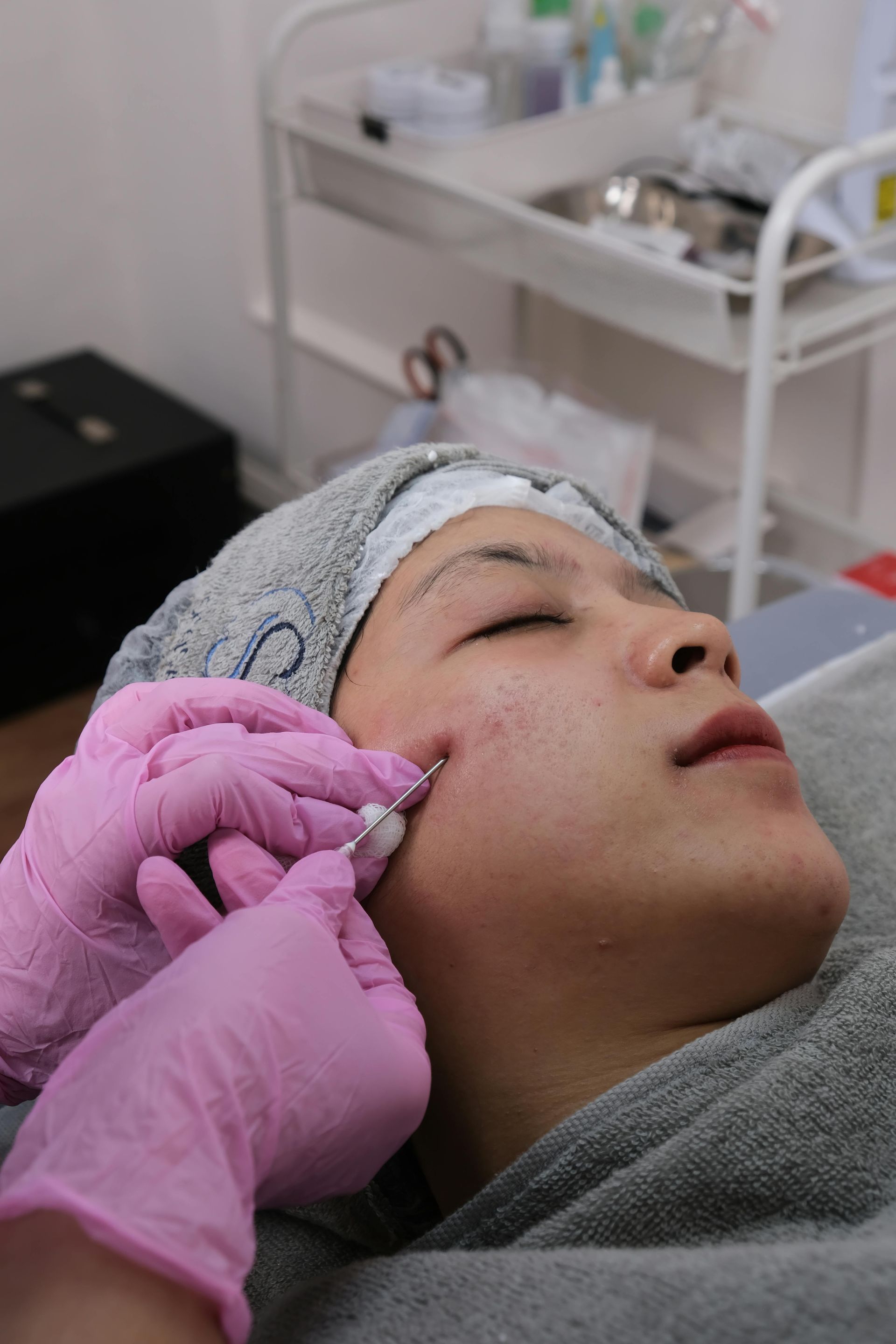Relieving Symptoms, Restoring Balance, and Navigating Your Options
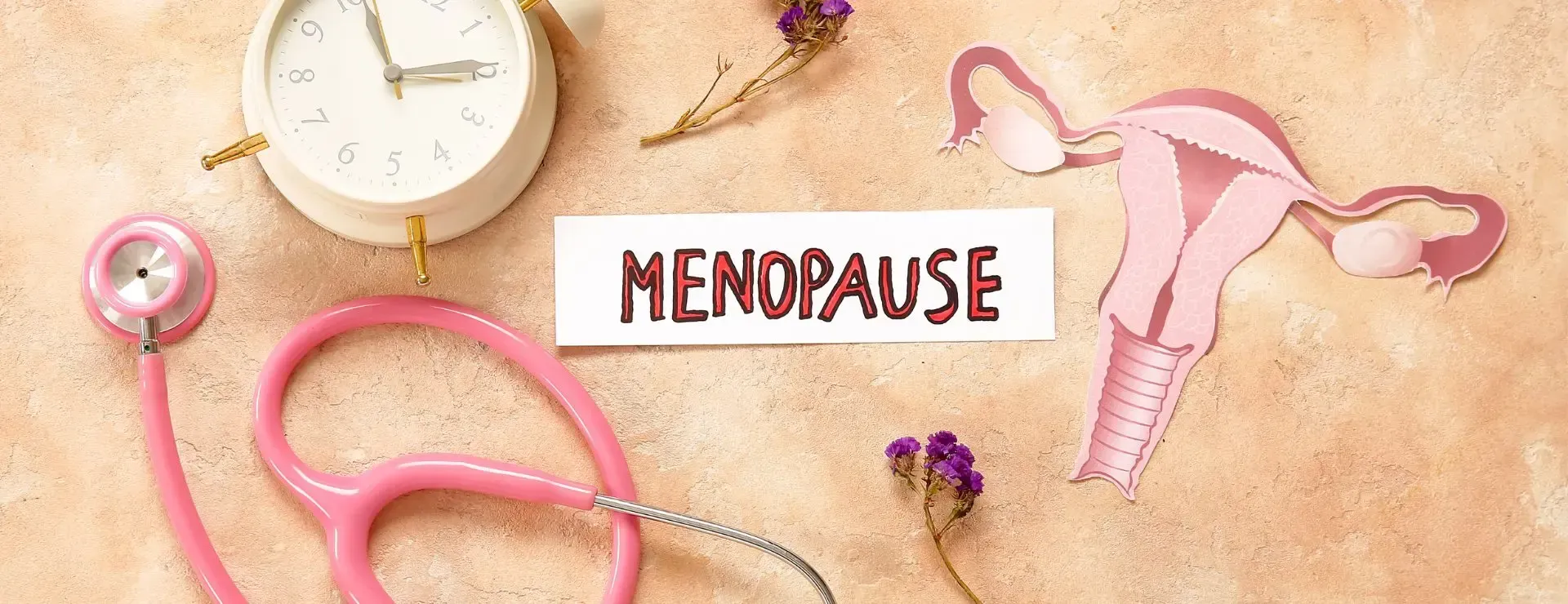
Menopause marks a significant transition in a woman’s life, bringing with it hormonal changes that can cause a variety of symptoms, such as hot flashes, mood swings, and osteoporosis risk. Hormone Replacement Therapy (HRT) is a treatment designed to help alleviate these symptoms by replenishing the hormones that the body no longer produces in sufficient amounts.
What is Hormone Replacement Therapy (HRT)?
HRT (hormone replacement therapy) is a medical treatment that involves supplementing progesterone and, sometimes estrogen, testosterone or DHEAS, to balance hormone levels in menopausal and postmenopausal individuals. The therapy can be administered in several forms, including pills, patches, creams, gels, and injections.
Benefits of HRT
- Relief from Menopausal Symptoms: helps reduce hot flashes, night sweats, vaginal dryness, and mood swings.
- Bone Health: lowers the risk of osteoporosis and fractures by maintaining bone density.
- Heart Health: some studies suggest that HRT may have cardiovascular benefits, especially for women who start it early in menopause.
- Improved Cognitive Function: may help with memory and cognitive decline in some women.
- Fertility concerns: may help for those who have lower progesterone levels
- Vaginal dryness and weakened muscles
Risks and Considerations
Women who experience vaginal atrophy (dryness), pain on intercourse or weakened pelvic floor muscles may benefit from an estrogen based hormone replacement therapy called estriol. Estriol helps preserve muscle quality and function through its influence on muscle satellite cells and by regulating inflammatory processes within the muscle tissue. It plays a positive role in maintaining muscle integrity by supporting muscle mass, strength, and promoting muscle repair, particularly in postmenopausal women where declining estrogen levels can lead to muscle loss.
Estriol also supplies enough estrogen that can help with the lubrication of the vaginal cavity, creating less pain, itchiness, or friction. We love pelvic floor therapy, and recommend getting an assessment, but HRT may be the answer to some cases!
When prescribed and monitored adequately, the risks are quite low, lower than combined (estrogen-progesterone) based birth controls. With HRT, focusing on the safer forms of estrogen (ie. estrone has higher risk than estradiol and estriol based compounds. Estradiol and estriol based compounds are more protective than estrone. Dispensing forms, i.e. estrogen patch/gel over oral, oral progesterone over gel), proper testing, monitoring and medical history for any risk factors, makes all the difference in risks! Understanding the age of starting HRT and how to take HRT also minimizes risk. That being said, the risks are as follow:
- Increased Risk of Blood Clots and Stroke: particularly with oral estrogen.
- Breast Cancer Risk: some studies suggest a small increased risk with long-term use of combined HRT.
- Endometrial Cancer Risk: if estrogen is taken without progesterone in women with a uterus.



